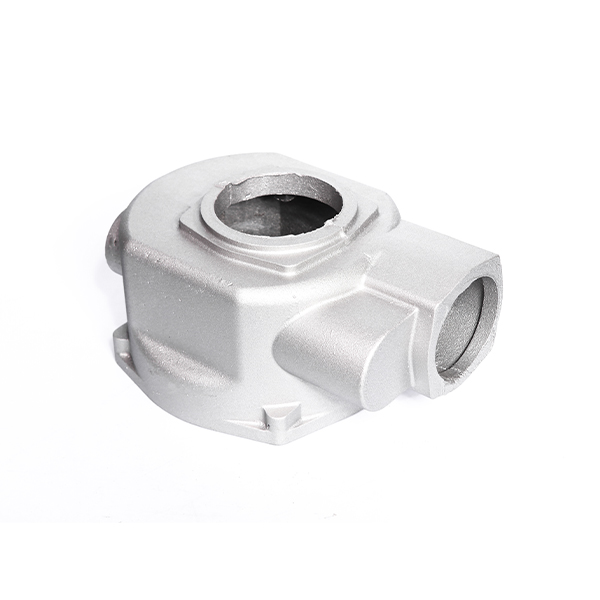Mobile:+86-311-808-126-83
Email:info@ydcastings.com
Comprehensive Guide to Fan Impeller Types
Understanding Fan Impeller Types A Comprehensive Overview
Fan impellers are crucial components in various ventilation and cooling systems, significantly influencing their efficiency and performance. By understanding the different types of fan impellers, one can make informed decisions in selecting the right fan for specific applications.
Broadly speaking, fan impellers can be categorized into two main types axial and centrifugal. Each has its unique design and operational characteristics.
Axial Impellers These impellers have a design that allows air to flow parallel to the axis of the fan. They consist of blades that create lift, similar to an airplane propeller, which pulls air in through the front and pushes it out the back. Axial fans are particularly effective for high-flow, low-pressure applications. They are commonly used in ventilation systems, cooling fans for electronic equipment, and in various industrial processes where large quantities of air are needed.
The advantages of axial impellers include their lightweight design, compact footprint, and lower energy consumption compared to centrifugal fans. However, they are less efficient at generating high pressures, making them unsuitable for applications requiring significant airflow resistance.
fan impeller types

Centrifugal Impellers Unlike axial impellers, centrifugal fans draw air in at the center and expel it outward through a duct system. This design enables them to generate higher pressures and is ideal for applications requiring significant air resistance. Centrifugal fans are used in HVAC systems, exhaust systems, and material handling in industries such as agriculture, food processing, and manufacturing.
Centrifugal impellers come in various designs, including backward-curved, forward-curved, and radial blades, each serving different purposes based on the required airflow and pressure characteristics. Backward-curved blades, for example, are efficient at moving air with minimal energy loss, while forward-curved designs are optimal for applications needing high volume at lower pressures.
Choosing the Right Fan Impeller The selection between axial and centrifugal impellers largely depends on the intended application and specific operational requirements. Factors such as airflow rate, pressure needs, space limitations, and energy efficiency should be taken into account. Balancing these considerations ensures optimal performance and longevity of the fan system.
In conclusion, understanding fan impeller types is essential for anyone involved in system design or maintenance. By considering the specific requirements and characteristics of both axial and centrifugal fans, one can choose the optimal impeller type to enhance efficiency and performance in various applications. This knowledge ultimately contributes to better airflow management and energy savings in industrial and commercial environments.
-
Why Should You Invest in Superior Pump Castings for Your Equipment?NewsJun.09,2025
-
Unlock Performance Potential with Stainless Impellers and Aluminum End CapsNewsJun.09,2025
-
Revolutionize Your Machinery with Superior Cast Iron and Aluminum ComponentsNewsJun.09,2025
-
Revolutionize Fluid Dynamics with Premium Pump ComponentsNewsJun.09,2025
-
Optimizing Industrial Systems with Essential Valve ComponentsNewsJun.09,2025
-
Elevate Grid Efficiency with High-Precision Power CastingsNewsJun.09,2025











